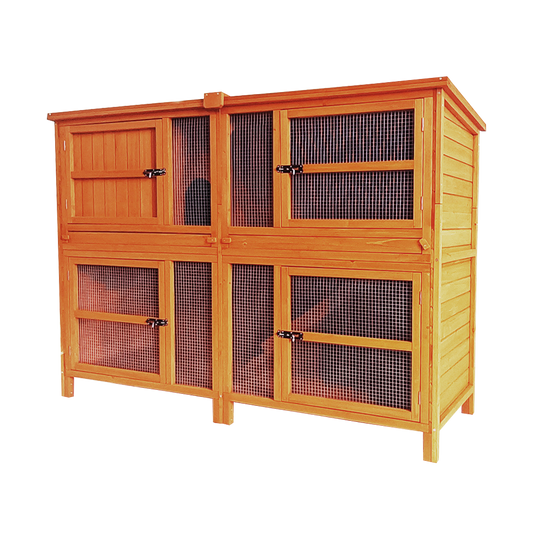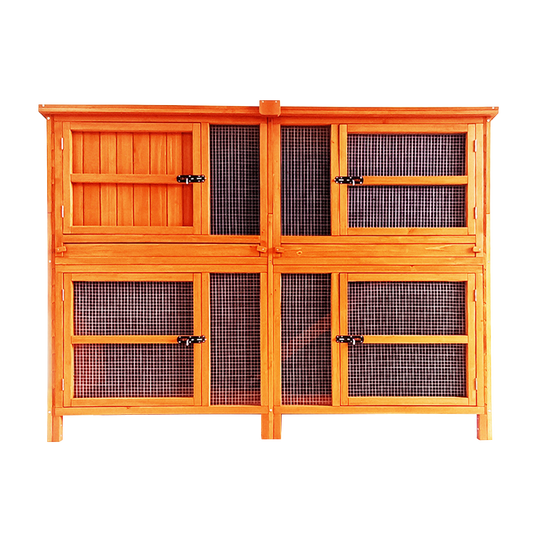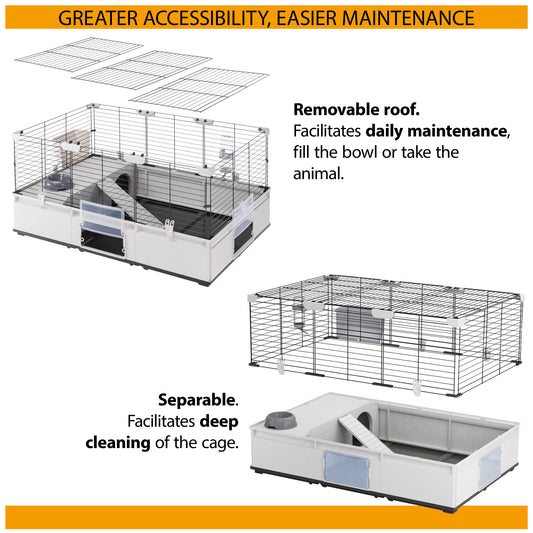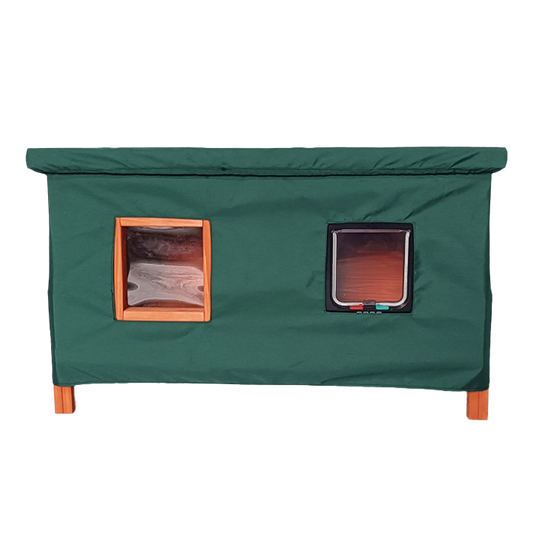Congratulations on your decision to welcome a new kitten into your family. You have years of fun, affection and cute cat moments to look forward to! To help you plan for your new arrival we have put together a series of top tips and a kitten starter pack to support you on your journey to feline enlightenment.
Professional Breeder v Friend v Rescue Shelter
You will probably find the new member of your family at either a cattery or rescue shelter, from someone you know whose cat has recently had a litter or through a relationship with a professional breeder. As with most things in life it pays to do a little research and to make sure that the people you deal with have the wellbeing of the kittens at heart.
Personal recommendations are always good. Check the credentials of any breeder before parting with your money and always insist on meeting them at their advertised address as opposed to an ad hoc location. Ask to see the kitten’s mother and make an assessment of the environment the cats are being kept in. Is it clean? Do any of the animals look stressed or malnourished? Have they been weaned? Is the breeder willing and able to answer all of your questions? A good breeder will want to know how you are going to take care of their kittens so be prepared to answer their questions too. This is a good sign so don’t be surprised by this.
If you obtain your new kitten from a cattery or rescue shelter you will typically not be in control of the breed of cat you get. If you are not concerned about the breed this won’t be a problem and you will have the benefit of knowing you are providing a much-needed place to live to a kitten who may not otherwise find its forever home. On the other hand, you may have set your heart on a particular breed of cat either for aesthetic reasons or because of some other factor such as the degree to which they are hypoallergenic. Either way, you will be rewarded by ensuring you go to a reputable place to begin with.
Indoor Cat v Outdoor Cat
One consideration that is worthy of some thought at this early stage is whether you intend for your new kitten to grow up to be an indoor or an outdoor cat. Certain breeds are considered to be more adapted to life indoors based on their build, energy levels and lack of “street smarts” whereas other breeds can struggle if they do not have enough space to explore and stretch their legs. In addition, some breeds are more sociable and others less so. Size of the breed is also a factor as is coat length. Large cats need more space whilst long-haired cats require considerably more cat grooming than their short-haired cousins. This is particularly true if they are allowed to roam outdoors.
The topic of allowing cats outside can spark heated debates with advocates for both positions holding strong views. In built-up areas, there are many risks to cats that are allowed outside. Deaths or injuries from road traffic, poison and fights with rival cats and other animals are not insignificant. For that reason, the life span of an outdoor cat can be considerably lower than that of an indoor cat that is sheltered from these dangers. If you are getting a kitten it is a little easier to keep it indoors than a mature cat that has been used to going outside. Some breeds of cat are also temperamentally more suited for the indoor lifestyle. If you choose to keep your kitten indoors, however, you must ensure that you find ways to provide the same level of stimulation it would be exposed to as if was outside. This will mean more playtime. You may also want to get a companion cat particularly if your kitten will grow up in a household which is unoccupied for large parts of the day.
A good compromise to this question is a catio. A catio is an outdoor space for a cat which is still protected from the outside world meaning that your kitten will not be able to escape. Catios can be as small as a window box and as large as your garden permits. Oftentimes catios will feature a combination of holding pens and walkways which your cat can use to navigate their way around. With a catio, your kitten will be able to be closer to nature and feel the wind through its whiskers and the sun on its back, and you will have peace of mind knowing your pet can’t get into harm’s way.
Single Kitten v Multiple Kittens
If you think your kitten will be kept as an indoor cat throughout its lifetime then you may want to consider the idea of getting two kittens to begin with. Two kittens will cost more to feed and look after but will keep each other company. If you intend for your cat to be able to roam free, then this may not be so important. Alternatively, you may already have other pets in your home, such as a dog, which will provide interest and stimulation for your new kitten. Whatever the arrangement you currently have it’s worth taking it into consideration when planning a new arrival.
Vet Care for Kittens
If possible, it’s a good idea to identify a vet before you bring your kitten home. Once you bring your kitten home you will still have time to find one but if you’ve already done this it’s one less thing to do. Your vet will be able to advise you on the correct schedule for your kitten’s vaccinations, flea and worming treatments. Depending on the age of your kitten on collection some of these may already have been administered so don’t forget to ask for this information before you leave. Dental and gum health is an issue for older cats. You can establish some good habits early on by getting your kitten used to the idea of you brushing their teeth. You can find small finger toothbrushes that are designed for this purpose. By adding a small amount of special cat toothpaste this can be a daily routine that you can both enjoy. Make sure you do this after the last meal of the day for maximum benefit.
Your Kitten’s First Day at Home
Your new kitten will be nervous when you bring it home for the first time. Unfamiliar sounds and smells will contribute to this so when you undo the latch on your cat carrier don’t be in any rush for your new family member to come out. Cats are naturally inquisitive so as long as you maintain a calm demeanour your kitten will waste little time before beginning to explore. As your kitten begins to get its bearings try to avoid sudden movements and loud noise. If you have children be aware that an innocent squeal of delight might startle your new pet.
Don’t give your kitten full access to your house at this stage. Let it familiarise itself with its immediate environment first. Over the course of a few days you can gradually let it roam a little further. The more you chase a cat, of any age, the more it will try to get away and hide. Let your kitten come to you. The reward will be so much greater. If your kitten decides to hide under a chair don’t worry unduly. Any fear it has will soon be replaced by a kitten’s natural instinct to survey its surroundings.
If your kitten hasn’t eaten in a while, offer it some of the cat food it has already been used to. Your kitten will have experienced quite enough changes for one day without having to get used to a new diet too. Have some fresh water on hand as well. After eating place your kitten on a cat litter tray. Cats will instinctively know what to do so there shouldn’t be too much intervention required.
Most kittens are fine to be left alone to sleep overnight when they’re a little older but don’t be surprised if they cry for your company at first. If you have taken on two kittens, they will typically comfort each other. Solitary kittens, on the other hand, will need to be checked more regularly. It’s best to keep your kitten in a self-contained room free of any objects which could be damaged or endanger your new pet such as cables and wires. Provide your new friend with plenty of cosy cat beds to snooze in and ensure they are left alone whilst sleeping, as you want them to see their sleeping quarters as their safe place. If you prefer to let your kitten sleep in your bedroom be aware of the risk of turning over in your sleep whilst it is still so small.
The Importance of Playing With Your Kitten
Kittens love to play. It’s one of the things that is most engaging about them as pets. Cats remain playful as they age but a kitten’s boundless energy when young is reflected in the seemingly never-ending cycle of play followed by sleep. When playing with kittens, therefore, a policy of short and often is preferable to one long continuous session of play.
Kittens are naturally inquisitive and can amuse themselves with the most mundane household items such as a toilet roll tube, a cardboard box or a length of string. Supervised play when young is important though as kittens lack life experience at this stage of their development and can easily get entangled in yarn or wool or anything that is designed to hang down from a hook. Kittens respond to movement and games which imitate their natural desire to stalk for prey. Laser pointers are popular, but they can lead to frustration as the kitten is unable to actually ever catch their quarry so use sparingly. It’s important when playing with your kitten, therefore, to let them catch the end of the string or the colourful feather at the end of the wand to ensure they get the satisfaction of a successful hunt. Once they have had a few moments to enjoy their success you can start the game again.
Kittens enjoy movement so activity centres can provide much amusement. Most toys in this category stimulate the hunting instinct. You may want to leave a toy out if you are leaving your kitten alone for any length of time but it’s a good idea to routinely hide your kitten’s toys and use them in rotation so that your pet doesn’t get too bored with them. Kittens, like children, can be fickle so variety should be your watchword.
Toys can also be combined with feeding to once again stimulate your kitten’s natural instincts to hunt. Kittens love to use their paws to locate juicy morsels so whether hidden in a dedicated feeding system or simply dropped into a series of cardboard tubes stuck together you can be sure it will keep them amused.
What Should You Feed Your Kitten?
Provided your kitten has been weaned you can feed a complete kitten food which will have been constituted specifically for the dietary needs of kittens and young cats. You will find a variety of kitten food on the market covering wet cat food, dry cat food and raw varieties. It is beyond the scope of this article to address each one but it’s worth remembering that cats are obligate carnivores and do best when given cat food with a very high meat content percentage. It is also advisable to provide cat food at room temperature or even a little warmer.
Keeping Your Kitten Hydrated
One advantage of wet food is it provides more moisture in your kitten’s diet which is important for kidney health – a common issue with cats in later life. By adding a tablespoon or two of warm water to your kitten’s wet food you can raise its temperature slightly and increase its moisture content at the same time. If you are planning to try a new brand of cat food, it’s best to gradually transition to the new composition by altering the ratio between old and new cat food over the course of a week or so. Your kitten’s young stomach will be quite delicate at first so you may need to experiment a little at first to find a brand and recipe combination that hits the mark.
Getting Your Kitten Used To Grooming
Depending on the breed, kittens may need to be groomed daily or just occasionally. Long-haired breeds need more grooming to prevent matting and shedding. Each cat is slightly different, but most have areas where they are particularly sensitive. Not all cats enjoy having their bellies rubbed for example. It’s also possible to over pet a cat. Look out for signs that your kitten is becoming frustrated or stressed. Whilst kittens are a joy to hold, if your pet is struggling and trying to escape there is nothing to be gained by just holding on. It’s much better to let them go and eventually they will return on their own terms. Cats are very independently minded, and it can sometimes take a while to earn their trust and affection. You will be rewarded if you play it cool!
Litter Box Training for kittens
The suggested formula for the number of cat litter trays you need is the number of cats in a household + 1. So for one cat you'd need two litter trays, two cats, three litter trays and so on. Most kittens take to litter training immediately and will understand when placed on a litter tray after a meal exactly what to do. A kitten’s instinct is to scratch around a little during their toilet so you may experience a little cat litter being spilled. Depending on your breed of kitten you may find it grows into a very large cat which will need a much larger cat litter tray. This will not be an issue at first but something to consider in the months ahead. You may find your kitten prefers an open-sided cat litter tray although some are OK with closed cat litter trays too.
Essentials For Kittens
Finally, we have compiled a list of our top 10 feline must-haves to ensure you and your kitten get off to the best possible start:
- Cat feeding bowls
- Cat water bowl or cat fountain
- Cat travel carrier
- Kitten wet food and/or dry kitten food
- Cat litter tray, scoop and cat litter
- Cat toys
- Cat collar
- Cat scratching post and cat beds
- Cat grooming kit
- Feliway cat diffuser starter pack
We’ve got everything you need to ensure your new furry family member is happy and healthy - check out our kitten range.
Here are more new cat articles:
Cat Shedding - How To Handle The Hair
Choosing the Right Pet Insurance for Your Cat






















